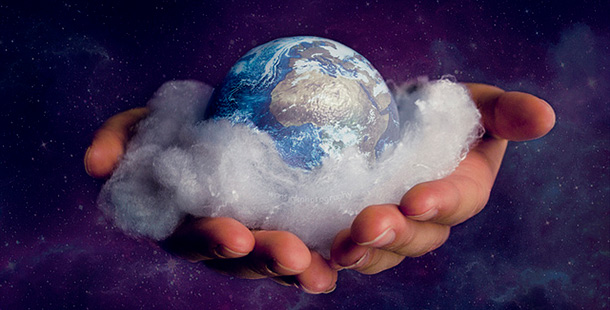Are you aware of the biggest island in the world? If you answered Australia, sadly, you’re mistaken. Australia is actually a continent. Though continents are completely encompassed by water, they are not categorized as islands. Typically, Australia is seen as the smallest of the four continents, with the other three being the Americas, Antarctica, and Afro-Eurasia. Nevertheless, as the smallest continent, Australia is still triple the size of the top-ranked island on our compilation of the world’s 25 most sizable islands.
Sri Lanka
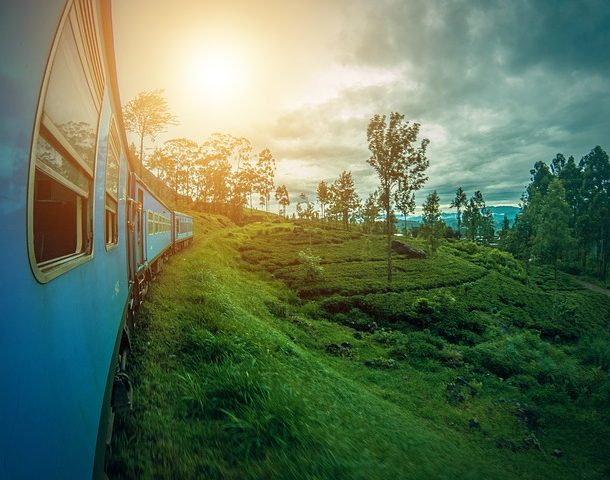 Source: https://www.britannica.com/place/Sri-Lanka
Source: https://www.britannica.com/place/Sri-Lanka Formerly called Ceylon, Sri Lanka is an island nation in the Indian Ocean, located in Southern Asia, just off the coast of India. Adam’s Bridge, a land connection to the Indian mainland, is now mostly submerged with only a chain of limestone shoals remaining above sea level.
Banks Island
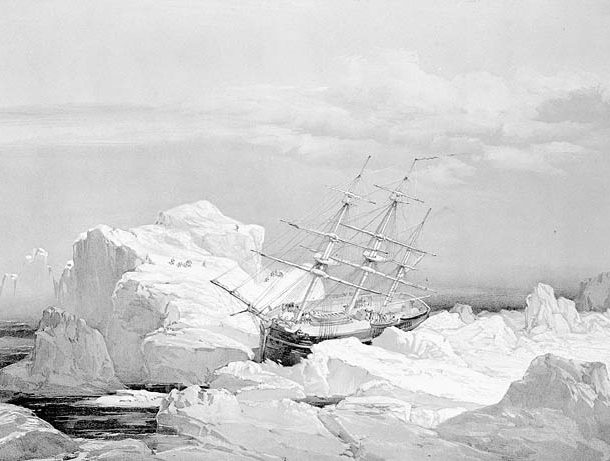 Source: https://www.thecanadianencyclopedia.ca/en/article/banks-island
Source: https://www.thecanadianencyclopedia.ca/en/article/banks-island One of the larger members of the Canadian Arctic Archipelago, Banks Island is situated in the Inuvik Region of the Northwest Territories, Canada. It is treeless and the only permanent settlement on the island, Sachs Harbour or Ikhuak, an Inuvialuit hamlet, is on the southwest coast.
Sakhalin
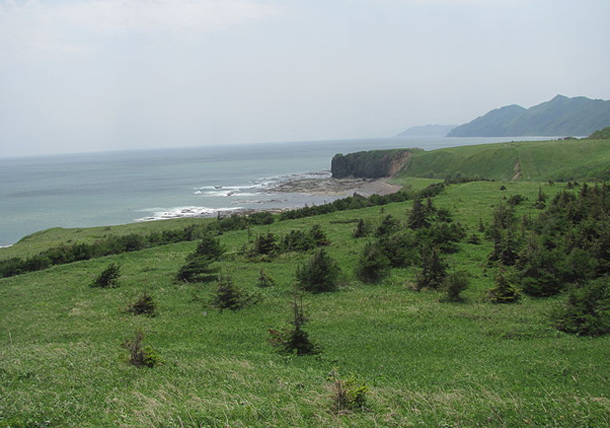 https://www.cnn.com/travel/article/sakhalin-russia/index.html
https://www.cnn.com/travel/article/sakhalin-russia/index.html Sakhalin is Russia’s largest island, and is administered as part of Sakhalin Oblast. It is about one fifth the size of Japan and has a population of roughly half a million.
Hispaniola
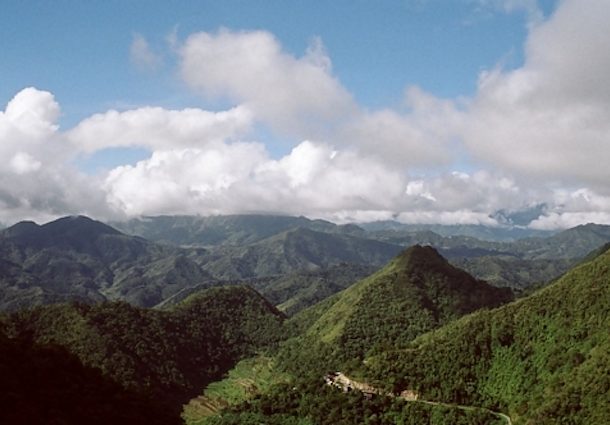 https://www.britannica.com/place/Hispaniola
https://www.britannica.com/place/Hispaniola Hispaniola is the site of the first European colonies in the New World, which were founded by Christopher Columbus on his voyages in 1492 and 1493. It is the ninth-most-populous island in the world, and the most populous in the Americas. It is the second largest island in the Caribbean (after Cuba) and the 22nd-largest island in the world.
Hokkaido
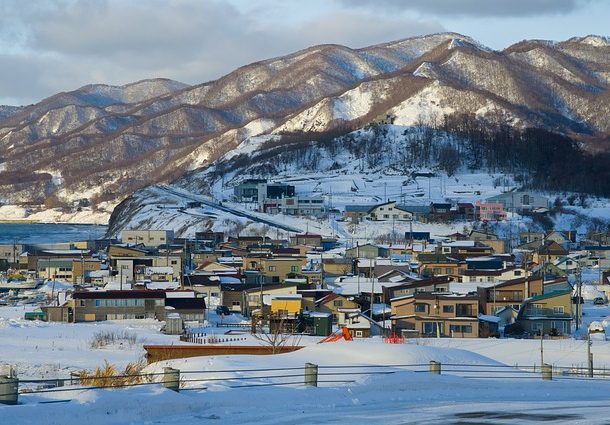 https://www.japan-guide.com/list/e1101.html
https://www.japan-guide.com/list/e1101.html Formerly known as Ezo, Hokkaido is Japan’s second largest island; it is also the largest and northernmost of Japan’s 47 prefectures.
Ireland
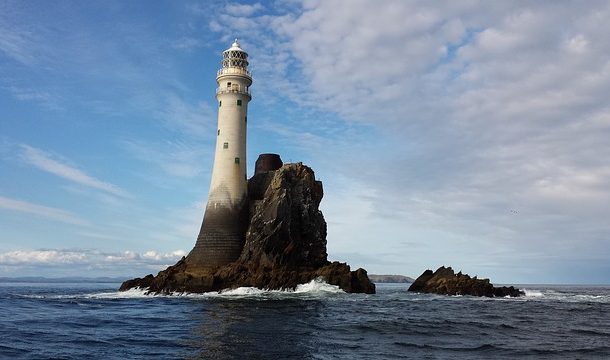 https://www.lonelyplanet.com/ireland
https://www.lonelyplanet.com/ireland Politically, Ireland is divided between the Republic of Ireland, which covers just under five-sixths of the island, and Northern Ireland, a part of the United Kingdom, which covers the remainder and is located in the north-east of the island. The population of Ireland is approximately 6.4 million. Just under 4.6 million live in the Republic of Ireland and just under 1.8 million live in Northern Ireland.
Mindanao
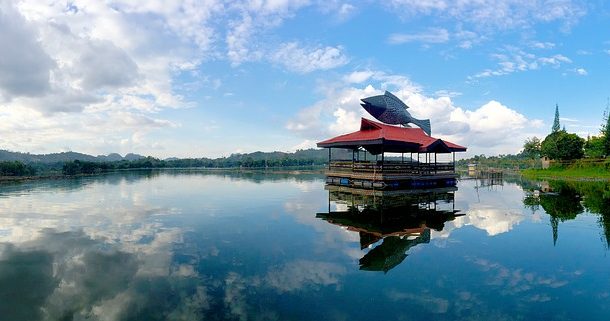 https://www.britannica.com/place/Mindanao
https://www.britannica.com/place/Mindanao Mindanao is the second largest and easternmost island in the Philippines. It is also the name of one of the three island groups in the country (the other two being Luzon and the Visayas).
Iceland
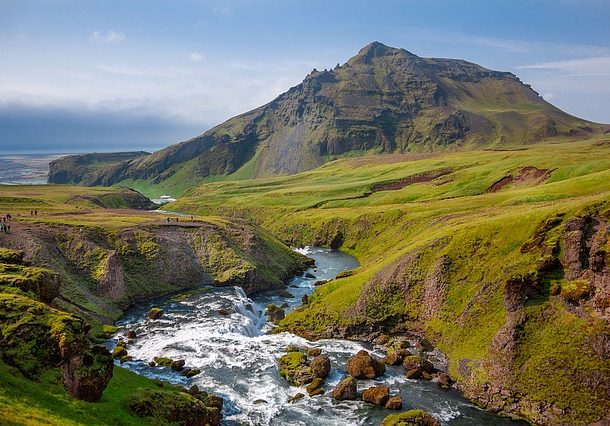 Source: https://www.inspiredbyiceland.com
Source: https://www.inspiredbyiceland.com The most sparsely populated country in Europe, Iceland is warmed by the Gulf Stream. It has a temperate climate despite a high latitude just outside the Arctic Circle.
Cuba
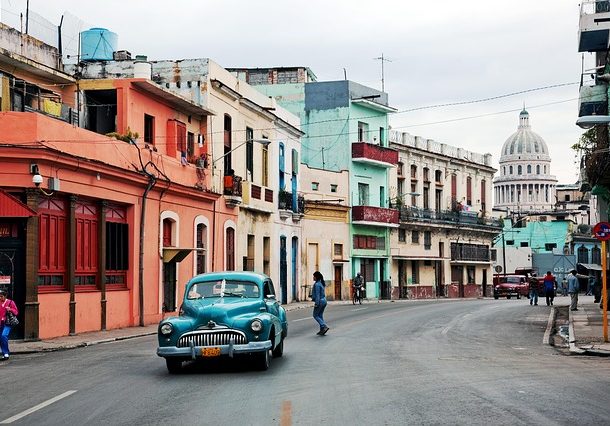 Source: https://www.bbc.com/news/world-latin-america-19576144
Source: https://www.bbc.com/news/world-latin-america-19576144 This Caribbean Island nation with a population of just over 11 million is the 17th largest non continental landmass in the world. Once seen as one of the worlds richest countries, Cuba is now known for its planned economy. In 1959 Fidel Castro turned Cuba into a communist country.
Newfoundland
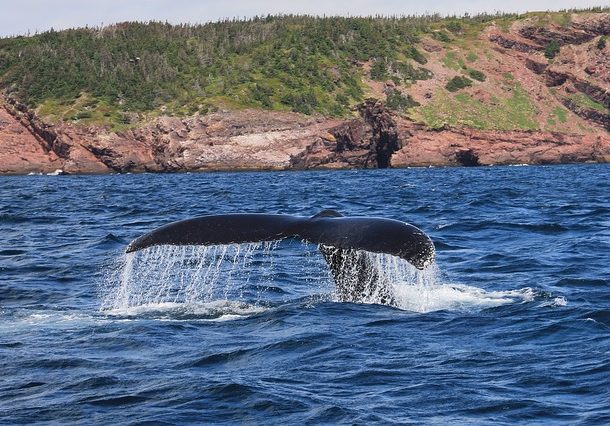 Source: https://www.newfoundlandlabrador.com
Source: https://www.newfoundlandlabrador.com Newfoundland is a large Canadian island off the east coast of the North American mainland, and the most populous part of the Canadian province of Newfoundland and Labrador.
Luzon
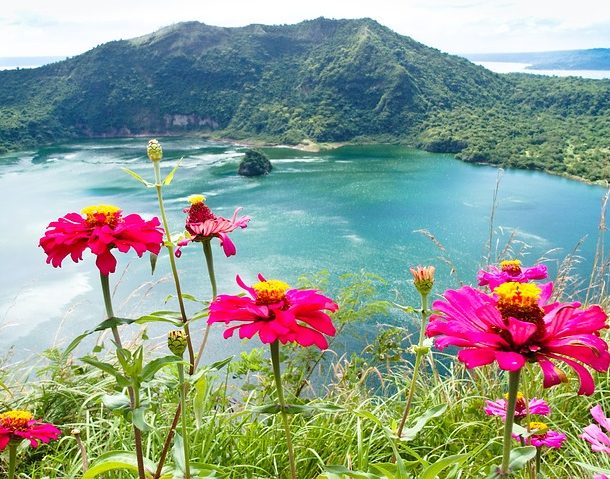 Source: https://www.britannica.com/place/Luzon
Source: https://www.britannica.com/place/Luzon The largest island in the Philippines, Luzon is home to the capital city of Manila. Luzon’s agriculture includes rice, coconuts, mangoes and bananas. The Island also mines iron, gold, copper and manganese.
North Island
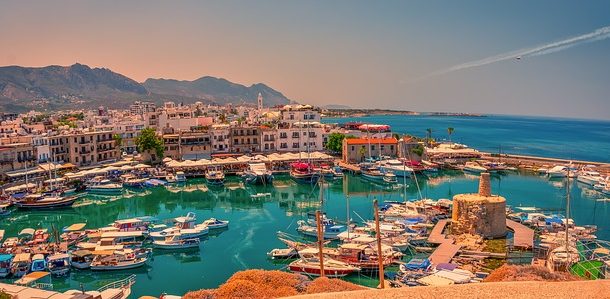 Source: http://www.newzealandtravelinsider.com/how-to-travel-guide/10-reasons-visit-north-island-new-zealand.htm
Source: http://www.newzealandtravelinsider.com/how-to-travel-guide/10-reasons-visit-north-island-new-zealand.htm Home to most of New Zealand’s population, the North Island is the smaller of the two primary islands that comprise the country. North Island beaches are thought to be some of the best beaches in New Zealand.
Java
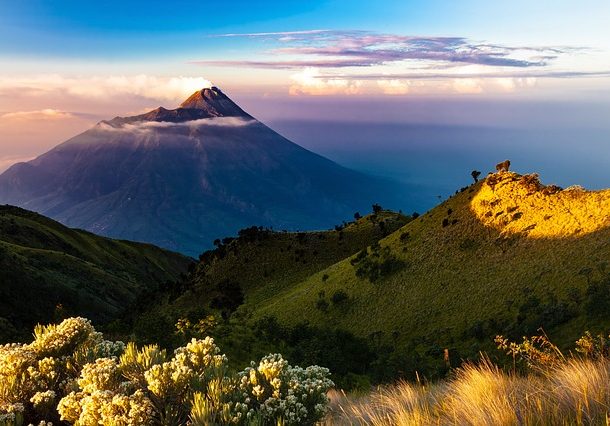 Source: https://travelingwiththejones.com/2014/08/04/6-fun-facts-about-java-the-indonesian-island/
Source: https://travelingwiththejones.com/2014/08/04/6-fun-facts-about-java-the-indonesian-island/ Java is the most populous island in the world with 137 million people and is home to Jakarta, the capital city of Indonesia. Java has over 400 different bird species and is known for its Javanese coffee which gained global popularity in the early 20th century.
South Island
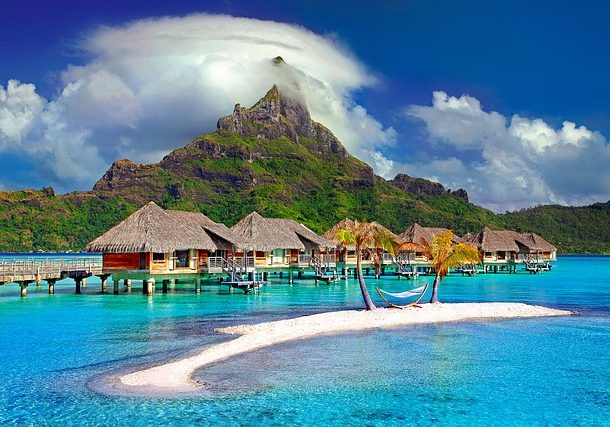 Source: https://www.newzealand.com/int/feature/11-must-do-kiwi-experiences-in-the-south-island/
Source: https://www.newzealand.com/int/feature/11-must-do-kiwi-experiences-in-the-south-island/ The larger of the two major islands of New Zealand, the other being the more populous North Island, the South Island is sometimes referred to as “The Mainland.” The Abel Tasman National Park is one of the top rated attractions on the island. It offers scenic views while sailing, kayaking and hiking.
Sulawesi
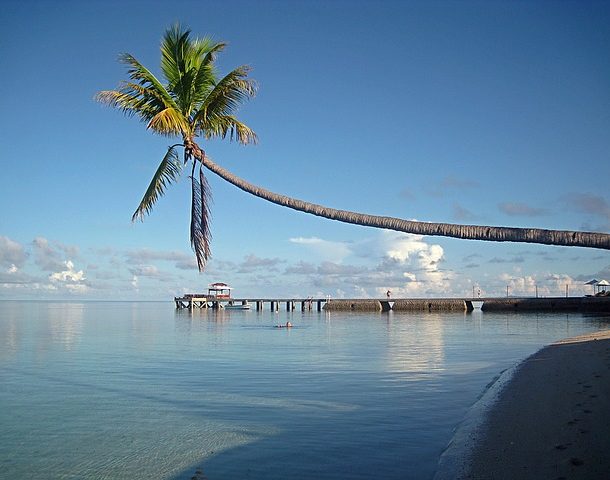 Source: https://www.britannica.com/place/South-Sulawesi
Source: https://www.britannica.com/place/South-Sulawesi One of the four larger Sunda Islands of Indonesia and the world’s eleventh-largest island Sulawesi is situated between Borneo and the Maluku Islands. Indigenous mostly to the Bugis and Makassarese people, some native crops include rice, corn, coffee, spices and sugarcane.
Ellesmere Island
 Source: https://www.britannica.com/place/Ellesmere-Island
Source: https://www.britannica.com/place/Ellesmere-Island Some believe this Canadian Island named was visited by Vikings in the 10th century. It reaches to the northernmost part of the country and has only 146 residents.
Great Britain
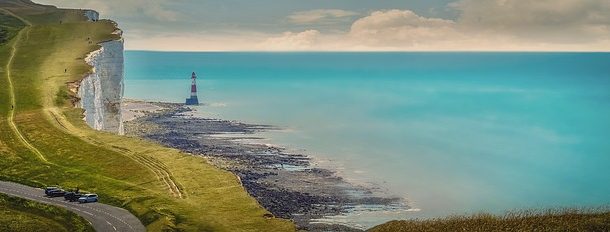 Source: https://www.infoplease.com/world/world-geography/difference-between-uk-great-britain-england
Source: https://www.infoplease.com/world/world-geography/difference-between-uk-great-britain-england Also known as Britain, it is the third most populous island in the world (after Java and Honshu) and the largest island in Europe. Great Britain is made up of England, Scotland and Wales.
Victoria Island
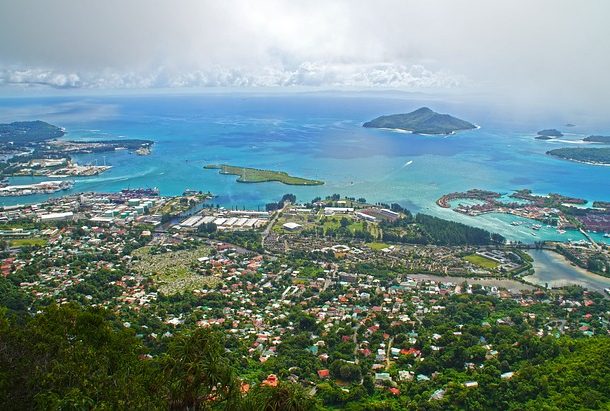 Source: https://travel.usnews.com/Victoria_and_Vancouver_Island_Canada/Things_To_Do/
Source: https://travel.usnews.com/Victoria_and_Vancouver_Island_Canada/Things_To_Do/ Only slightly larger than Great Britain, this island in northern Canada is home to barely 1,000 inhabitants. Victoria and Vancouver Island is home to The British Columbia Parliament Buildings and the Butchart Gardens which bring thousands of visitors from all over the world every year.
Honshu
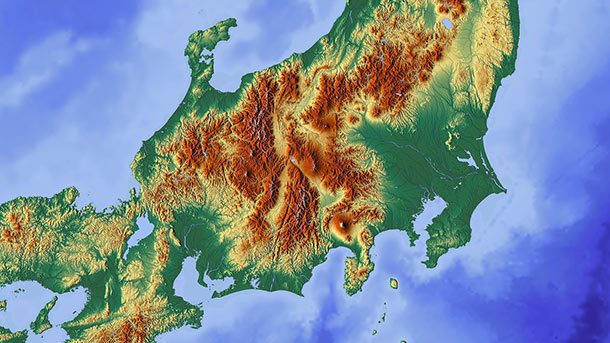 Source: https://travel.gaijinpot.com/destination/honshu/
Source: https://travel.gaijinpot.com/destination/honshu/ Honshu is an island located in Japan. It is home to over 100 million people, a vast majority of which live in the Tokyo metropolitan area. Hiroshima, Mount Fuji and Tokyo are a few famous landmarks that are all located on Honshu.
Sumatra
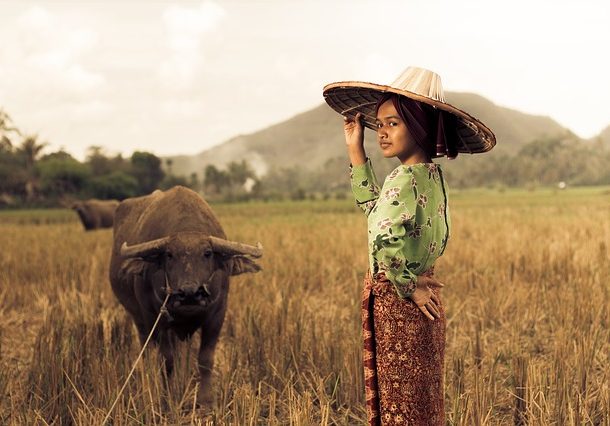 Source: https://www.britannica.com/place/Sumatra
Source: https://www.britannica.com/place/Sumatra The largest island located entirely in Indonesia, Sumatra is home to approximately 50 million people. In 2004, the island experienced a natural disaster when the Indian Ocean tsunami hit the north-west coast.
Baffin Island
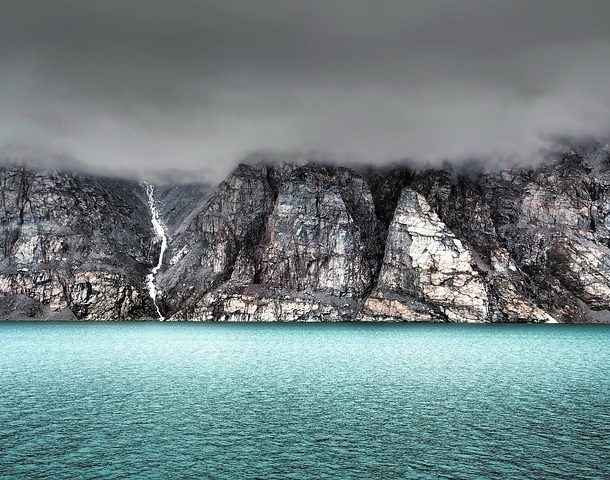 Source: http://www.baffinisland.ca
Source: http://www.baffinisland.ca Located in the far north of Canada, this island only has about 10,000 inhabitants and its largest community consists of only 6,000 people. It offers visitors a rare polar bear viewing experience, dog sled tours and kayaking trips around ice glaciers.
Madagascar
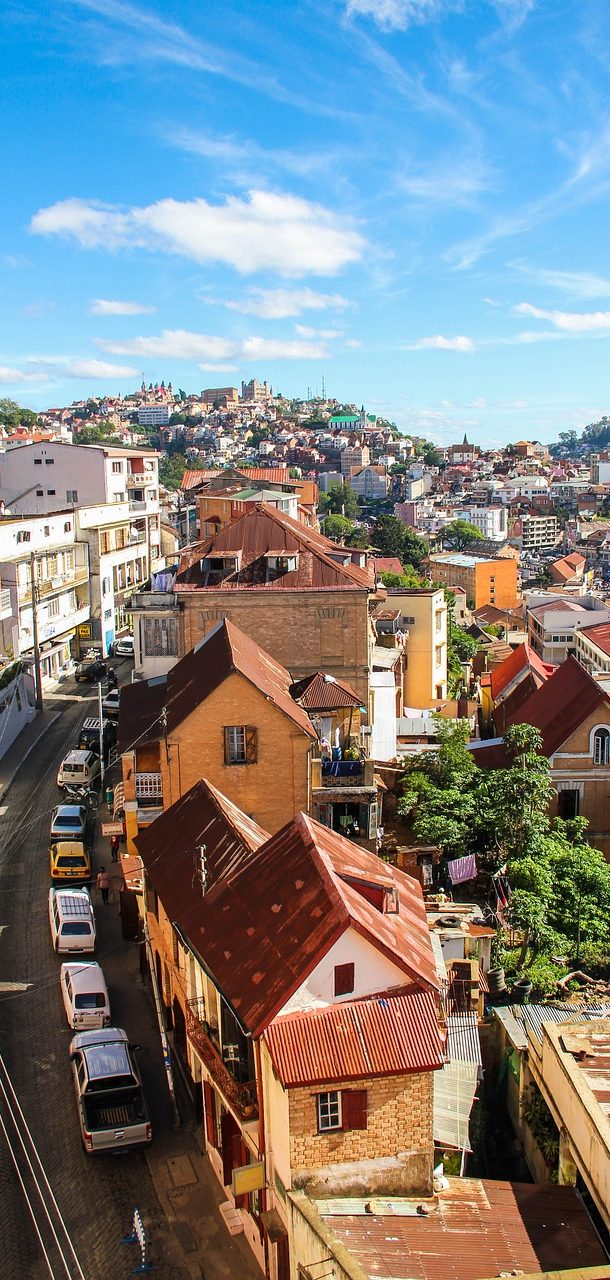 Source: https://www.nationsonline.org/oneworld/madagascar.htm
Source: https://www.nationsonline.org/oneworld/madagascar.htm Madagascar is home to over 22 million inhabitants. It is located in the Indian Ocean on the eastern coast of southern Africa. This isolated island has some of the most interesting flora and fauna in the world.
Borneo
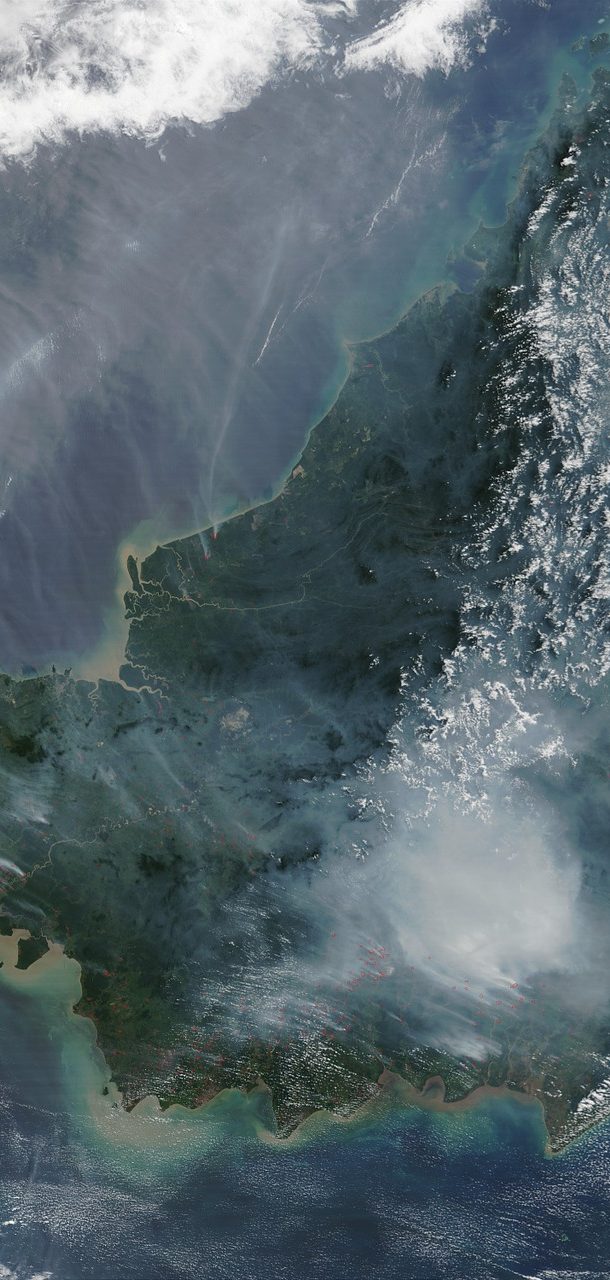 Source: https://www.pbs.org/edens/borneo/awesome.html
Source: https://www.pbs.org/edens/borneo/awesome.html The third largest island in the world, Borneo is divided among three countries – Brunei, Indonesia, and Malaysia. The island is made up of different native tribes. While each tribe may have its own language they all share similarities between their diet, culture and living spaces.
New Guinea
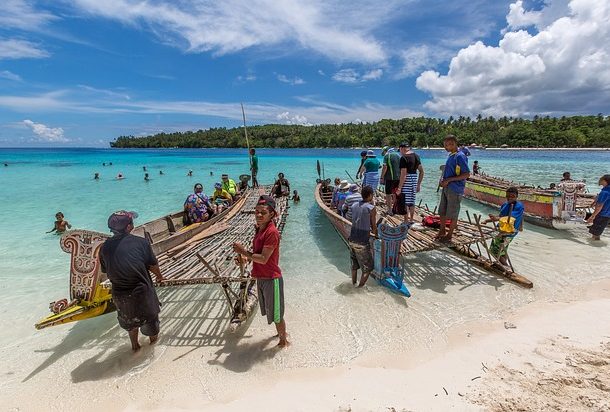 Source: https://www.britannica.com/place/New-Guinea
Source: https://www.britannica.com/place/New-Guinea The planet’s second largest island is home to the world’s greatest concentration of languages (over 1000), a vast number of un-contacted tribal groups, and a large amount of unexplored terrain.
Greenland
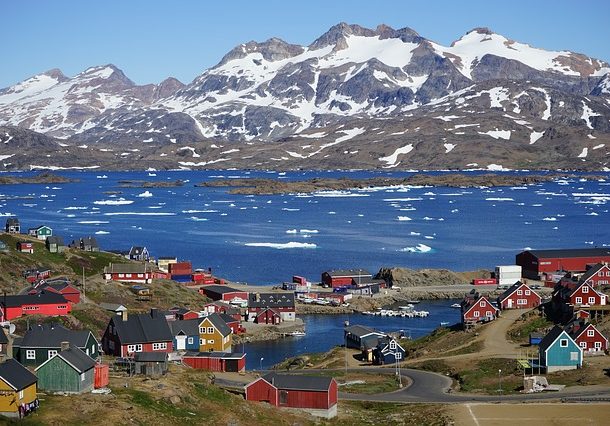 Source: https://visitgreenland.com/about-greenland/
Source: https://visitgreenland.com/about-greenland/ Although some scientists believe that beneath Greenland’s icy surface it could actually be three separate islands, most people accept Greenland as the world’s largest non-continental landmass. Greenland is known for its hot springs, icebergs and the Northern Lights.






